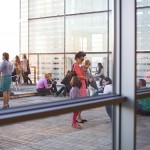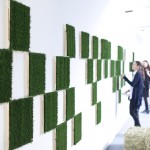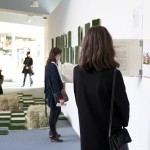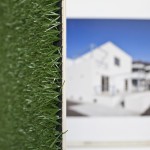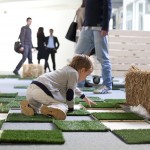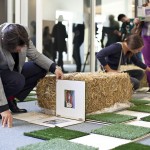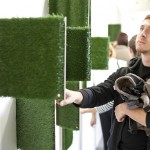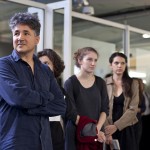“Beyond the City“ exhibition
Curated by Zeppelin Association, take place at National Museum of Contemporary Art, Bucharest (MNAC) between 25.09 – 25.10.2013
Exhibition opening, book launch: September 25th, 2013, starting with 18.00h, MNAC
Professional Conference and debate: October 24th, 2013, 18.00h, MNAC. Prezentation sustained by arch. Stefan Balici, ARA Association (Architecture, Restoration, Archeology), on the theme of rehabilitation and sustainable development strategies for natural and cultural heritage in Romania. Moderator: Stefan Ghenciulescu (Zeppelin).
The identity-related discussion on village and nature was built at the beginning of the modern era and, in fact, until late into the 20th century. During that time, most of the Romanian territory was predominantly rural, and untouched nature flourished; with the passage of time, these territories have fundamentally changed. The totalitarian regime waged war not only against villages and peasants, through collectivizations, cultural-ideologic pressure, industrialization and forced urbanization, but also against nature, the aggressions upon the environment culminating in the aberrant projects of the ’80s for rebuilding the landscape. After 1989, all grand projects came to an end; they were replaced, however, as was the case in the urban areas, with an uncontrollable development, the product of a multitude of individual actions.
The countryside is defined by extreme disparities; on the one hand, a lack of resources, abandonment, underdevelopment, on the other, valuable places which are therefore increasingly utilized and transformed. Instead of the urban-rural transition provided by the former exterior neighborhoods, we were presented with the suburbs: nevertheless, the American and Western-European examples are interpreted in a personal manner, with much more intense densities, chaos, and problems.

* foto: Dacian Groza / Coliziuni culturale. Târgul din Negreni
As a matter of fact, real estate development has shifted its focus from the city to the countryside. We are now building on the outskirts of cities, or in villages and natural places that were once untouched. Urbanization meets deurbanization – not only are there overflowing suburbs and chaotic resorts, but also cities or parts of cities being emptied and returning to a rural state. The administrative scenario has become more relative than ever.
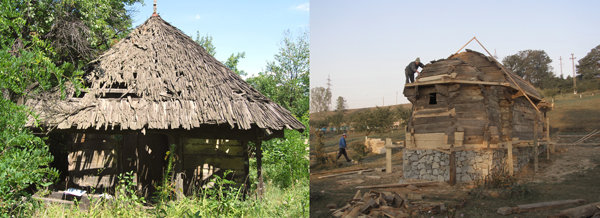
* foto: Pogojeni – starea initiala + santier
Terribly many things happen these days in the countryside throughout Romania: stagnation, but also energies, tradition, but sometimes also innovations that are more intense than in the city, destructions and chaotic expansion, but also cool architecture, social collisions and community activities. A territory we ought to look upon with something other than nostalgia and/or prejudice.

* foto: Strand Sovata © Vallum
A territorial sketch. Beyond the city and beyond cliches.
We propose a study which concentrates solely on the rural areas of Romania and is devised from a double perspective –focusing on architecture as well as on community.
On the whole, there are two kinds of materials:
– texts which are primarily theoretical, describing phenomena in a synthetic manner. Sometimes these texts introduce chapters, other times they are independent essays.
– examples of good practice, a sort of files on good things. Sometimes they concern proper projects of new restoration, other times they tell about complex programmes, or simply successful stories. The actors are the locals (either old ones or emigrants to the countryside), architects, urban planners, all kinds of activists and volunteers, investors and many others.
Project supported by:
Administration of the National Cultural Fund
Chamber of Romanian Architects, under the architecture revenue stamp
Erste Foundation
Partner: National Museum of Contemporary Art, Bucharest

